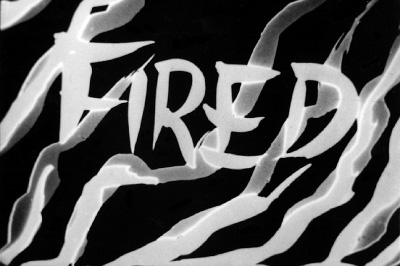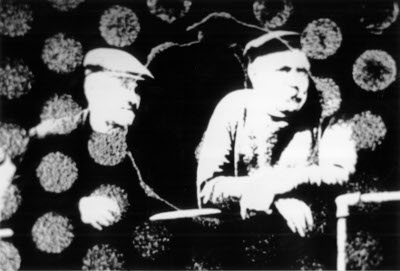

1937, UK, 16mm, colour, sound, 5 min.
A few months after completing Rainbow Dance, Lye obtained another commission from Grierson - Trade Tattoo - which allowed him to develop his colour-separation ideas in an even more extreme form. …This time Lye chose to work with out-takes - left-over material - from GPO documentary films. He selected shots of mail-sorting, welding, cargo loading, steel milling and other types of work. …Not satisfied with the uneven results he had obtained from Gasparcolor, Lye decided this time to try the rival process Technicolor, which had just established a lab in England. At this time Technicolor was also a three-strip (or subtractive) process. Ellitt recalls that “Lye got a colour chart from Humphries Laboratories which showed 32 different colour changes. …He worked out frame by frame what colours he wanted”. The final prints were made from three strips or matrices, but Lye saw no reason why each of the matrices should not be itself complex. This re-working made Trade Tattoo one of the most intricate exercises in multiple-printing even attempted. He sought to include as many different kinds of visual material as possible.
Roger Horrocks from Len Lye: a biography, Auckland University Press, pag. 151
